Search Images
Browse Content (p. 1188)
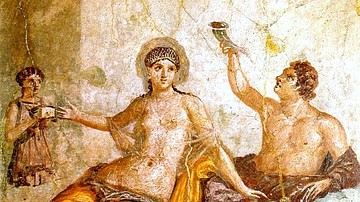
Image
Roman Banquet Fresco
Fresco from Herculaneum depicting a Roman banquet. Currently located in the Museo Archeologico Nazionale di Napoli; accession number (inv. 9024); affresco da Ercolano, IV stile pompeiano (50-79 CE).
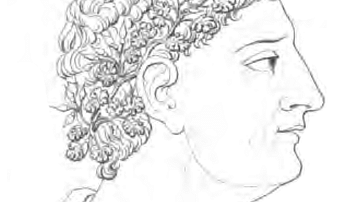
Image
Apicius
Imaginary portrait of Apicius, famous for his Roman cookbook De Re Coquinaria, from Alexis Soyer's 'Pantropheon'.
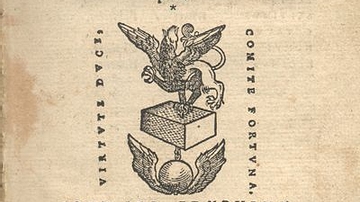
Image
De Re Coquinaria ('The Art of Cooking')
1541 CE manuscript of Apicius' De Re Coquinaria - a Roman cookbook - here named De Re Culinaria.
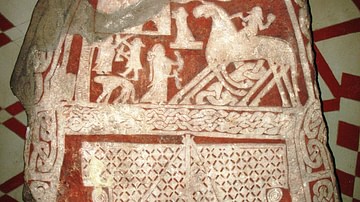
Image
Odin on Sleipnir (Tjängvide image stone)
The Tjängvide image stone dating to the Viking Age found in Gotland, Sweden and probably showing Odin on his horse Sleipnir (or otherwise a dead man arriving at Odin's hall of Valhalla) on the middle-right.
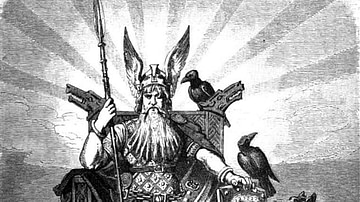
Image
Odin
The god Odin from Norse Mythology, sitting on his throne accompanied by his ravens, Huginn and Muninn, and his wolves, Geri and Freki, illustration from page 7 of Nordisch-germanische Götter und Helden by Wilhelm Wägner, Otto Spamer, Leipzig...

Image
Odin fighting Fenrir
Depiction by Emil Doepler from c. 1905 CE showing a scene from the Ragnarök (from Norse Mythology) in which Odin fights the wolf Fenrir. In the background are the god Freyr (on a horse) and the fire-giant Surtr.
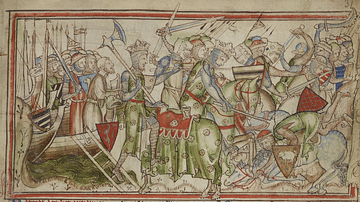
Image
Harald Hardrada, Battle of Fulford Gate
A 13th century CE depiction of the Norwegian king Harald III, aka Harald Hardrada (r. 1046-1066 CE) at the Battle of Fulford Gate on 20 September 1066 CE. (From "The Life of King Edward the Confessor" by Matthew Paris).
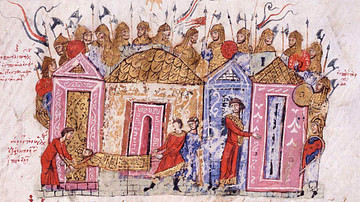
Image
The Varangian Guard
A 12th century CE illustration showing the Varangian Guard defending a city. The Varangians were an elite corps of the Byzantine army and palace bodyguard from the 11th to 13th centuries CE. They were composed of Vikings and then Anglo-Saxons...

Image
Emperor Aurelian & Sasanid Archers
Artist's impression of Emperor Aurelian (r. 270-275 CE) in battle with Sasanid archers, as depicted in the PC game Rome II: Total War - Empire Divided.
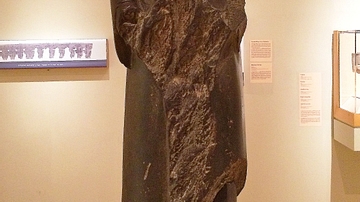
Image
Statue of the Egypto-Persian Ptahhotep
This statue of Ptahhotep (who was the Overseer of the Treasury) is shown in a Persian costume that Egyptian officials adopted when Egypt was under Persian control. The jacket with flaring sleeves, over which a skirt is wrapped, is complemented...